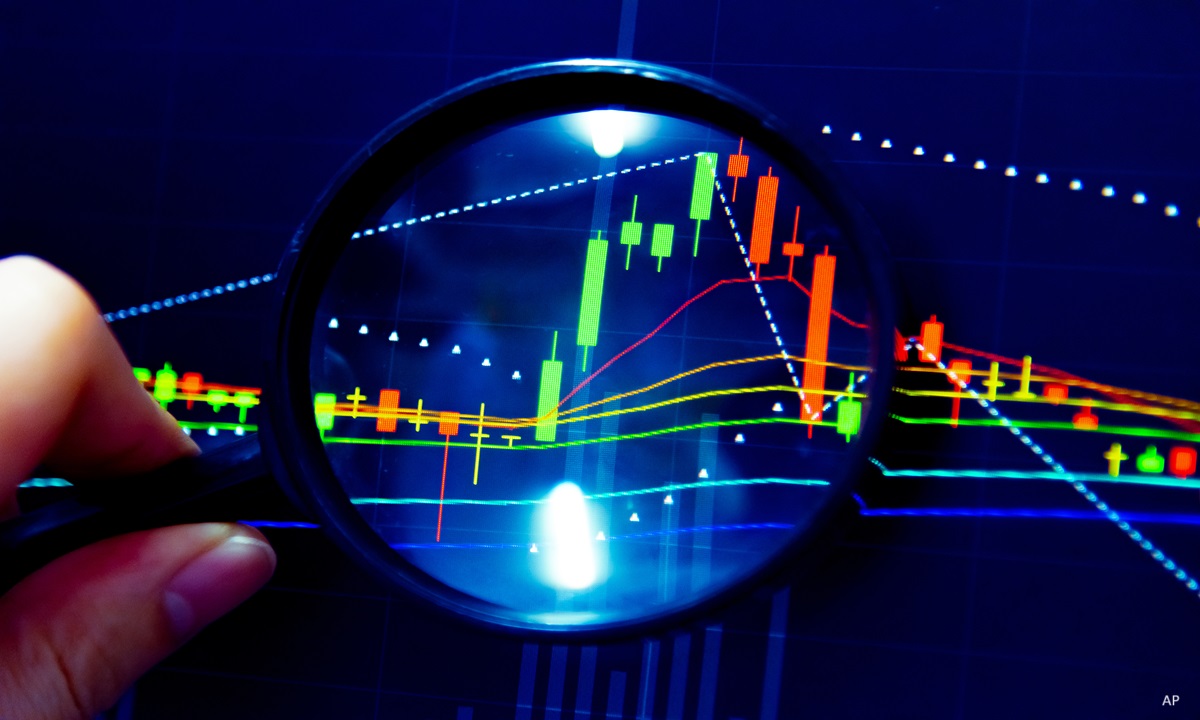Alexandre Hocquard and his team at Montreal-based Fiera Capital Corp. weren't caught off guard when global stock markets plunged in early February and the VIX volatility index more than tripled.
"The VIX was actually stable during the last two weeks of January, but our metrics were increasing. We were able to anticipate the jump in volatility in February," says Hocquard, vice-president and senior portfolio manager responsible for systematic investment strategies. He relies on derivatives to protect holdings in the $80-million Fiera Capital Defensive Global Equity. The fund was launched in September 2014 and Hocquard joined the management team in March 2017.
The fund is the twin of the "non-defensive" $361-million Fiera Capital Global Equity, which was introduced in March 2009. Both have the same underlying portfolio managed by Nadim Rizk, senior vice-president and lead manager, global equities.
Among the key indicators in the Fiera team's risk analysis is the last 30 minutes of the trading day, as large institutional investors rebalance their portfolios. "We can quantify, not the performance in those 30 minutes, but the volatility that occurred," says Hocquard, who moved to Canada from France 17 years ago and earned a PhD in quantitative methods from HEC Montréal in 2010.
"We can isolate (trends) and understand how the market is positioning itself for the next day." Hocquard says. "We don't look at the fact that the index lost 2%, but how it also increases volatility metrics."
When volatility increases, the Fiera team seeks to mitigate stock-market risk, Hocquard explains. "When volatility declines, we reduce the protection so we don't create a drag on performance."
Hocquard uses two tools to manage volatility: index futures and index options based on the S&P 500 Index and the MSCI EAFE Index. "In a low-volatility environment, we do very little. But when volatility is low, you have a big headline risk. There could be, for example, tension with North Korea, and markets tend to over-react. You can have what we call, 'gap risk.' These things are unexpected. Everything is okay, and then, boom, something happens and markets fall."
Typically, fund managers will buy puts to protect a fund. "But puts are very expensive when volatility is high. It's like buying home insurance when your house is on fire," says Hocquard. "During these low-volatility periods, insurance is cheap and we will have a small allocation to put options."
During 2017 and in early 2018, employing a rules-based methodology, Hocquard bought puts sparingly. In fact, less than 10% of the notional value of the fund in January was covered by puts. "That small allocation increased significantly in value because of the spike in volatility," he says.
When the unexpected event occurred, Hocquard sold the options and took profits. "But we still needed to hedge the portfolio, using index futures. They are cheap and don't have a natural drag of an option on performance."
Roughly 90% of the time, Hocquard relies on futures contracts to protect the portfolio. And 10% of the time, he employs puts. "Institutional managers do this all the time," he says, noting that he employed these methods before joining Fiera. His former employment includes serving as lead portfolio manager, customized systematic and quantitative strategies, at Montreal-based Desjardins Global Asset Management Inc. At Fiera, "we've brought institutional-grade risk management to retail investors."
In January, 7% of the notional value of the fund was protected by index futures. In mid-January, that position was converted to 10% in puts. The puts covered 40% of the 5% drawdown during the market plunge on Feb. 5, says Hocquard. "But we sold our options, pocketed our gains and increased our futures exposure to 40%."
In effect, in less than a week Fiera raised its hedge from 7% of the fund to 40%. "It's nice to protect investors against the drawdown, but they also want us to participate in a potential rebound. We need to be very active in looking at our volatility metrics in case we need to remove the protection." In late March, the fund had a 27% hedge.
Hocquard believes that the days of low volatility are behind us. "We may stay in an environment with 15-20% volatility for a while. But what scares me the most is that investors tend to give up on equities. The secret sauce is staying invested for the long run. By having a defensive strategy, this will help investors even during periods of market turbulence."






:quality(80)/cloudfront-us-east-1.images.arcpublishing.com/morningstar/54RIEB5NTVG73FNGCTH6TGQMWU.png)








